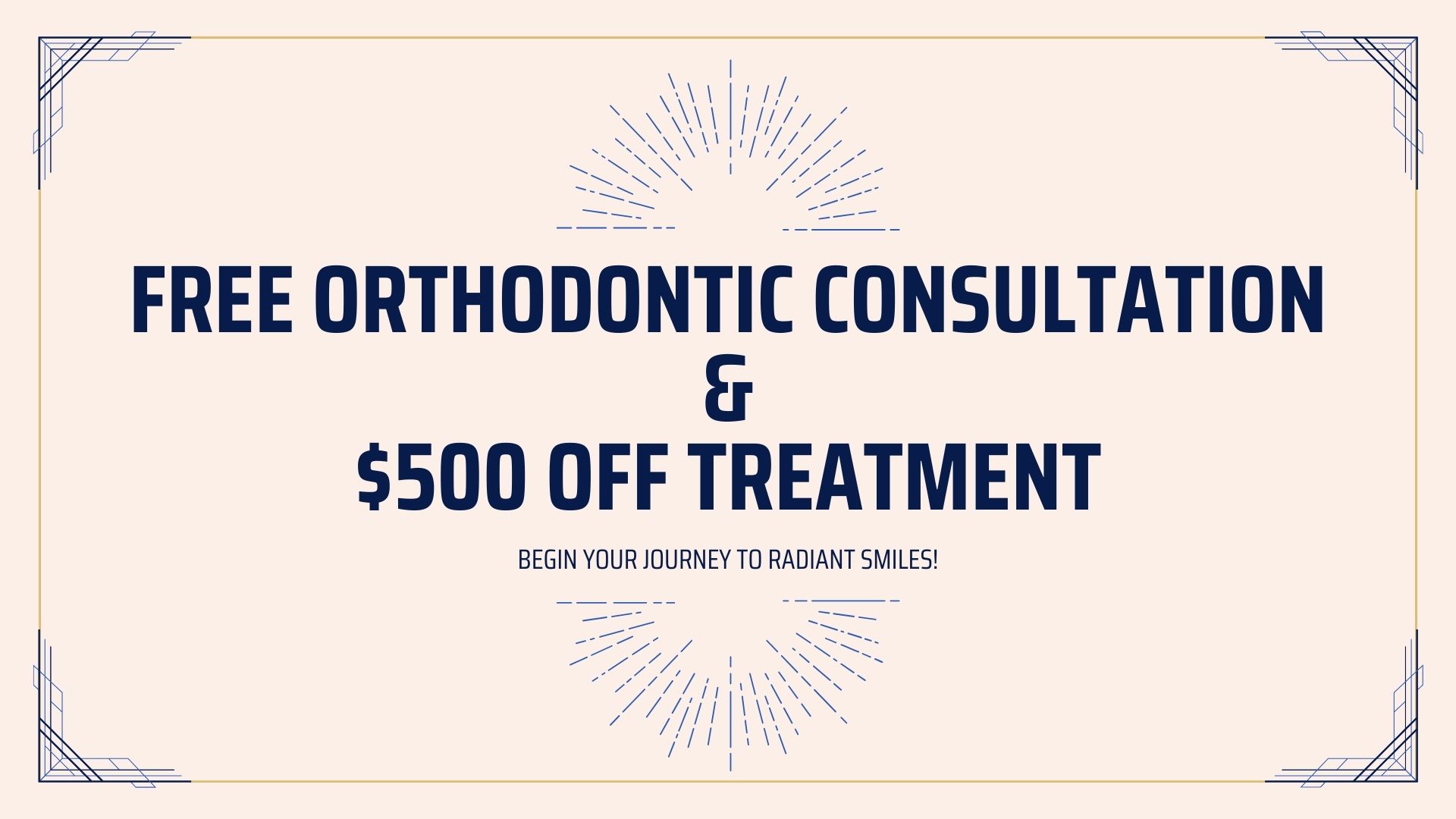When it comes to achieving a perfect smile, cosmetic bonding in dentistry is undoubtedly a magical solution. This innovative procedure not only enhances the appearance of teeth but also provides a durable and cost-effective option for dental restoration. In this article, we will delve into the fascinating world of cosmetic bonding and explore its numerous benefits and applications.
Understanding Cosmetic Bonding
Cosmetic bonding, also known as dental bonding, is a dental procedure where a tooth-colored composite resin material is applied to the surface of a tooth. This material is then sculpted, reshaped, and polished by a skilled dentist to improve the tooth’s appearance and functionality.
This cosmetic procedure is commonly used to address a variety of dental issues, including:
- Chipped or cracked teeth
- Discolored or stained teeth
- Small gaps between teeth
- Irregularly shaped or misaligned teeth
The Magic of Cosmetic Bonding
Cosmetic bonding offers a myriad of advantages that make it a popular choice among patients seeking dental restoration. Let’s explore some of the reasons why this procedure is truly magical:
1. Quick and Painless Procedure
Unlike other dental treatments, cosmetic bonding is relatively quick and painless. In most cases, the entire procedure can be completed in just one visit to your dentist. The process involves minimal tooth preparation, eliminating the need for anesthesia in most cases.
2. Natural-Looking Results
The composite resin material used in cosmetic bonding is carefully selected to match the color and texture of your natural teeth. This ensures that the repaired tooth blends seamlessly with the rest of your smile, creating a natural and aesthetically pleasing result.
3. Non-Invasive Solution
Cosmetic bonding requires minimal alteration of your natural tooth structure. The dentist will only remove a small amount of enamel to create a rough surface for the bonding material to adhere to. This means that the procedure is highly conservative and non-invasive.
4. Versatile Applications
One of the greatest advantages of cosmetic bonding is its versatility. It can be used to address a wide range of dental issues, making it an effective solution for various cosmetic and restorative purposes. Whether you have chipped teeth, gaps, or discoloration, cosmetic bonding can work wonders for your smile.
5. Cost-Effective Option
Compared to other cosmetic dental treatments, cosmetic bonding is a cost-effective solution. The materials used are relatively inexpensive, and the procedure requires fewer office visits and less chair time compared to alternatives like dental veneers or crowns.
The Procedure
Now that you know the benefits of cosmetic bonding, let’s explore the step-by-step procedure:
1. Preparation
Your dentist will examine your teeth and determine if you are a suitable candidate for cosmetic bonding. If so, they will select the appropriate shade of composite resin material to match the color of your natural teeth.
2. Bonding Process
The dentist will roughen the surface of the tooth by applying a gentle etching solution. This will create microscopic grooves for the bonding material to adhere to. Once the tooth is prepared, the composite resin will be applied, molded, and shaped to achieve the desired result.
3. Curing and Polishing
To harden the bonding material, a special light will be used to activate the curing process. Once the material is set, the dentist will further shape and polish it to achieve a smooth and natural appearance.
Conclusion
Cosmetic bonding, with its quick, painless, and cost-effective nature, is undoubtedly a magical solution for those seeking dental restoration and smile enhancement. Its versatility and natural-looking results make it an excellent choice for addressing various dental imperfections. Consult with your dentist to determine if cosmetic bonding is the right option for you and experience the magic of a perfect smile.

